Micro-Awakenings: The Hidden Sleep Disruptions Secretly Stealing Your Rest
In the quest for a good night's sleep, many of us have encountered the puzzling phenomenon of waking up feeling unrested despite clocking in the recommended hours of slumber. A lesser-known culprit behind this pervasive issue is the occurrence of micro-awakenings—brief interruptions in sleep that often go unnoticed. These fleeting awakenings can fragment the sleep cycle, leaving us groggy and tired. This article delves into the intricacies of micro-awakenings, exploring their causes, effects, and potential solutions. By understanding and addressing these disruptions, we can reclaim the restorative sleep our bodies and minds desperately need.
1. Understanding Micro-Awakenings: What Are They?

Micro-awakenings are brief, often subconscious arousals that occur during sleep. Typically lasting only a few seconds, they are not usually remembered upon waking. These interruptions can happen multiple times throughout the night and are a natural part of the sleep cycle. However, when they become frequent, they can significantly impact the quality of sleep. Unlike full awakenings, which are noticeable and often lead to a conscious awareness of being awake, micro-awakenings may not reach the level of full consciousness but still disrupt the continuity of sleep cycles, particularly the deep and REM stages that are crucial for restorative rest.
2. The Science Behind Sleep Stages and Micro-Awakenings

To comprehend the impact of micro-awakenings, it's essential to understand the sleep cycle, which comprises several stages: light sleep, deep sleep, and REM (Rapid Eye Movement) sleep. Each stage plays a vital role in physical and mental recovery. Micro-awakenings can disrupt these stages, particularly deep and REM sleep, which are critical for memory consolidation, emotional regulation, and physical recovery. Frequent interruptions prevent the body from completing these cycles, leading to sleep fragmentation. This fragmentation can result in a lack of restorative sleep, leaving individuals feeling tired and unrefreshed despite spending sufficient time in bed.
3. Common Triggers: What Causes Micro-Awakenings?
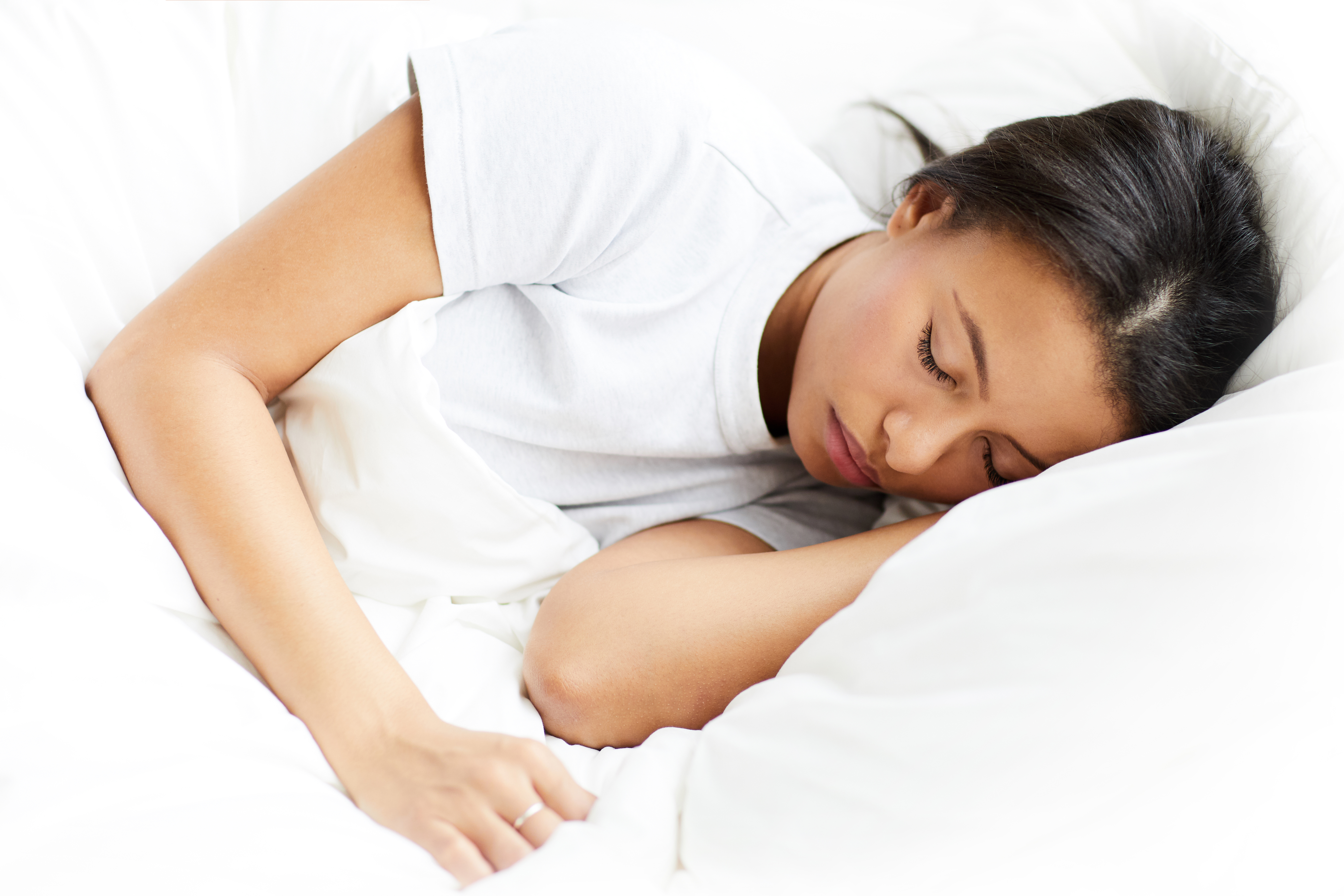
Several factors can trigger micro-awakenings, ranging from environmental disturbances to physiological conditions. External factors such as noise, light, and temperature changes can cause brief arousals. Internally, conditions like sleep apnea, restless leg syndrome, and even stress or anxiety can lead to frequent micro-awakenings. Additionally, lifestyle choices, such as caffeine or alcohol consumption close to bedtime, can exacerbate these disruptions. Understanding the specific triggers for micro-awakenings is crucial for developing effective strategies to minimize their occurrence and improve overall sleep quality.
4. The Impact of Technology and Modern Lifestyle
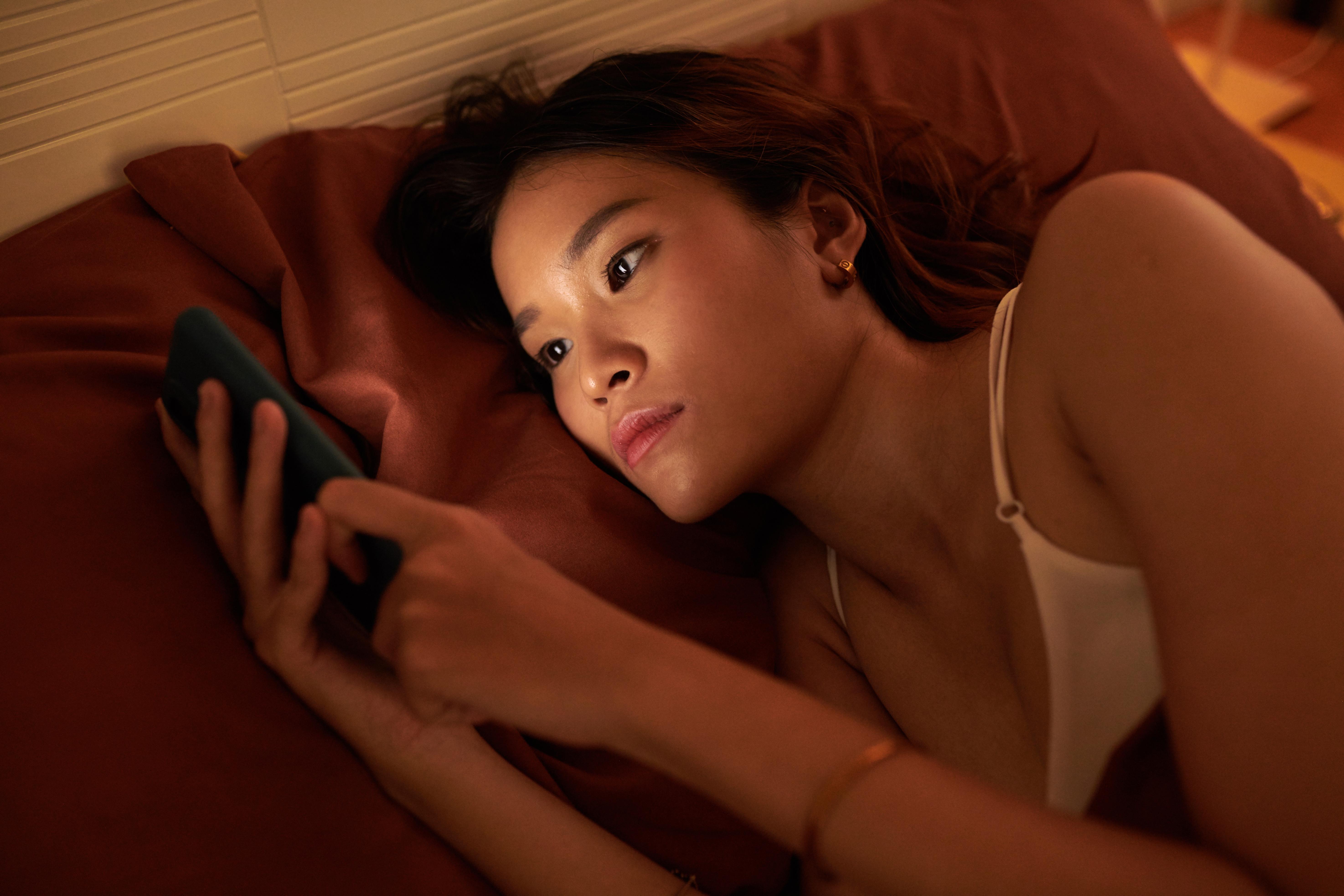
In our technology-driven world, the pervasive use of electronic devices is a significant contributor to sleep disturbances, including micro-awakenings. The blue light emitted by screens can interfere with the body's natural circadian rhythm, delaying the release of melatonin, the hormone responsible for sleep regulation. Moreover, the constant connectivity and the pressure to remain available can lead to increased stress and anxiety, further exacerbating sleep disruptions. By recognizing the impact of technology and making conscious lifestyle adjustments, such as establishing tech-free zones or implementing a digital curfew, individuals can reduce the likelihood of micro-awakenings.
5. The Role of Stress and Anxiety
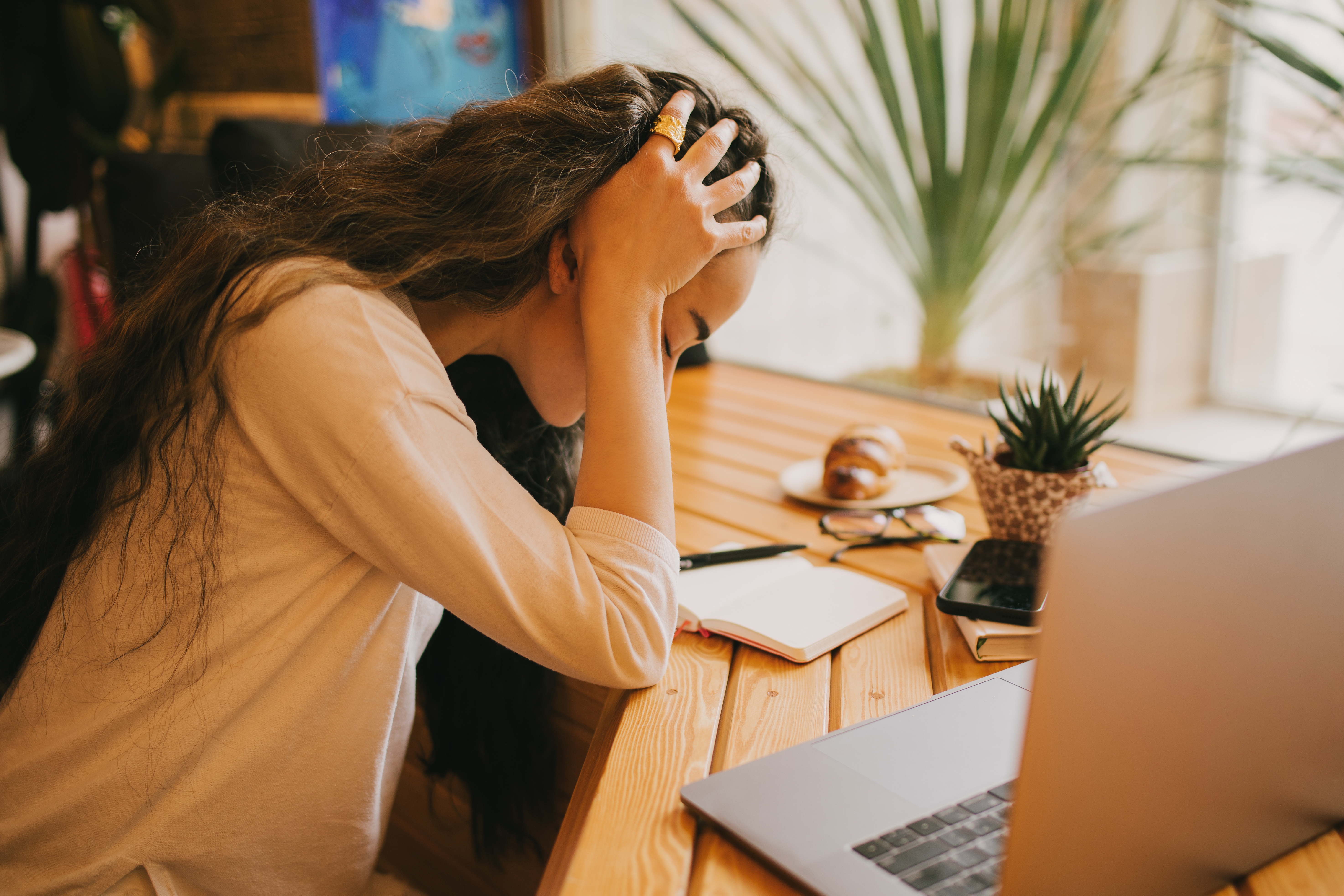
Stress and anxiety are significant contributors to sleep disturbances, including micro-awakenings. The body's stress response can lead to an increased heart rate and heightened alertness, making it difficult to maintain a state of deep sleep. Chronic stress can result in a hyper-aroused state, where the body is more sensitive to stimuli that might cause micro-awakenings. Implementing stress-reduction techniques, such as mindfulness, meditation, or cognitive behavioral therapy, can help manage stress levels and promote a more restful sleep environment, reducing the frequency of micro-awakenings.
6. Sleep Disorders and Micro-Awakenings

Certain sleep disorders are closely linked with increased micro-awakenings. Sleep apnea, characterized by repeated interruptions in breathing, often leads to frequent arousals as the body struggles to maintain adequate oxygen levels. Restless leg syndrome, which causes uncomfortable sensations in the legs, can also disrupt sleep continuity. Identifying and treating underlying sleep disorders is crucial for reducing micro-awakenings. Medical interventions, such as CPAP machines for sleep apnea or medications for restless leg syndrome, can significantly improve sleep quality and reduce the occurrence of these disruptive awakenings.
7. Environmental Factors: Creating an Optimal Sleep Environment

Creating an optimal sleep environment is essential in minimizing micro-awakenings. Factors such as room temperature, noise levels, and lighting can significantly impact sleep quality. A cool, dark, and quiet bedroom is conducive to uninterrupted sleep. Utilizing blackout curtains, white noise machines, or earplugs can help mitigate environmental disturbances. Additionally, investing in a comfortable mattress and pillows that provide adequate support can improve sleep posture and reduce the likelihood of physical discomfort that could lead to micro-awakenings. By optimizing the sleep environment, individuals can create a sanctuary that promotes restorative rest.
8. The Importance of Sleep Hygiene
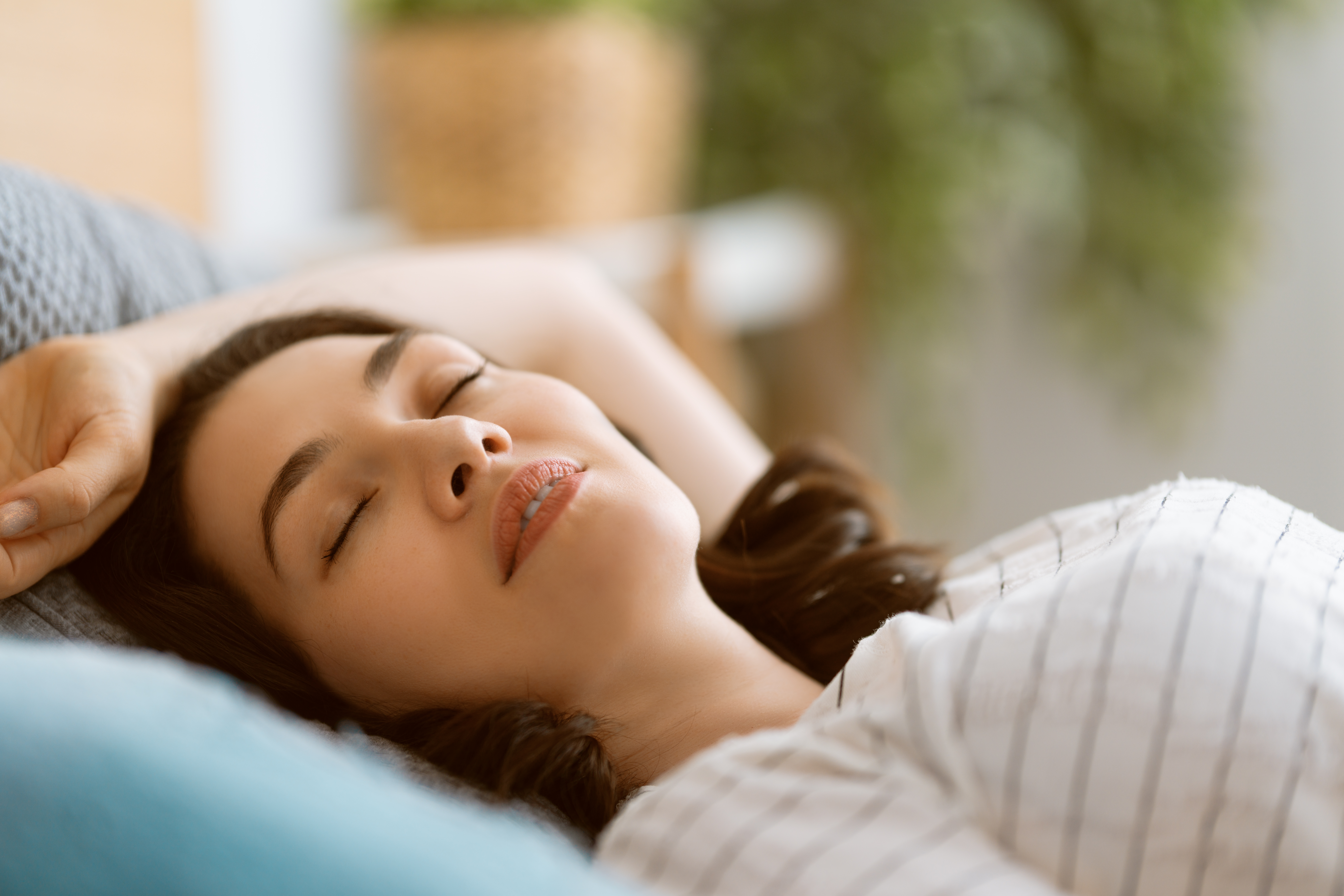
Good sleep hygiene practices are fundamental in reducing micro-awakenings and improving overall sleep quality. Establishing a consistent sleep schedule, where individuals go to bed and wake up at the same time every day, can help regulate the body's internal clock. Avoiding caffeine and heavy meals close to bedtime can prevent disruptions in sleep. Engaging in relaxing pre-sleep rituals, such as reading or taking a warm bath, can signal the body that it's time to wind down. By adhering to these practices, individuals can create a stable sleep routine that minimizes interruptions and promotes deeper, more restorative sleep.
9. The Power of Relaxation Techniques
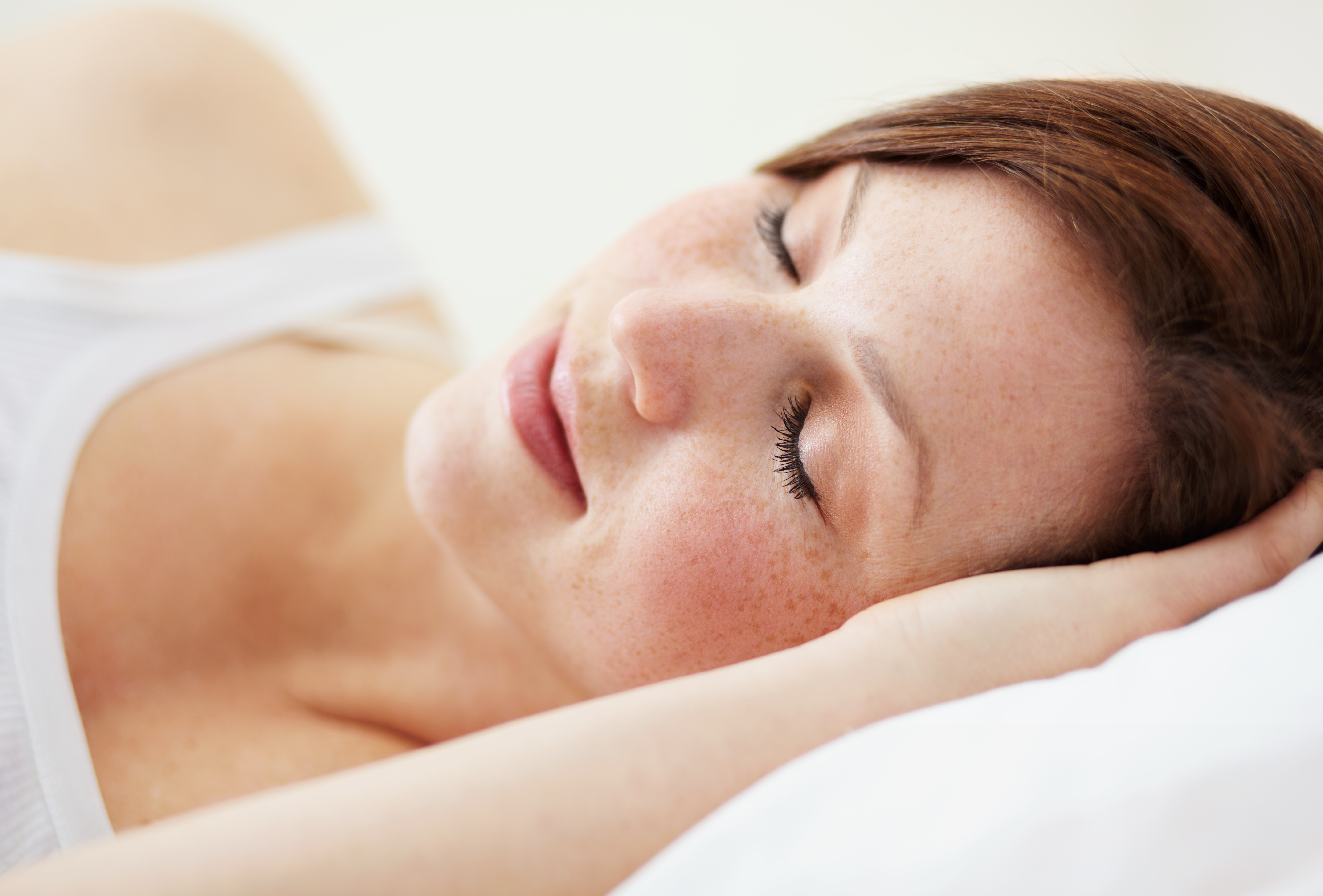
Incorporating relaxation techniques into daily routines can significantly reduce the frequency of micro-awakenings. Practices such as progressive muscle relaxation, deep breathing exercises, or guided imagery can help calm the mind and body, making it easier to transition into a state of deep sleep. These techniques can also be beneficial in managing stress and anxiety, which are common triggers for sleep disruptions. By dedicating time to relaxation before bed, individuals can create a peaceful mental state that is conducive to uninterrupted sleep, reducing the likelihood of micro-awakenings.
10. Nutrition and Sleep: The Connection

Nutrition plays a pivotal role in sleep quality, and certain dietary choices can influence the occurrence of micro-awakenings. Consuming a balanced diet rich in sleep-promoting nutrients, such as magnesium, calcium, and tryptophan, can enhance sleep quality. Foods like almonds, dairy, and turkey are known to support sleep. Conversely, excessive caffeine and sugar intake can lead to sleep disturbances. Timing of meals is also crucial; eating large meals close to bedtime can cause discomfort and increase the likelihood of micro-awakenings. By making mindful dietary choices, individuals can support their body's natural sleep processes.
11. Monitoring Sleep: The Role of Technology
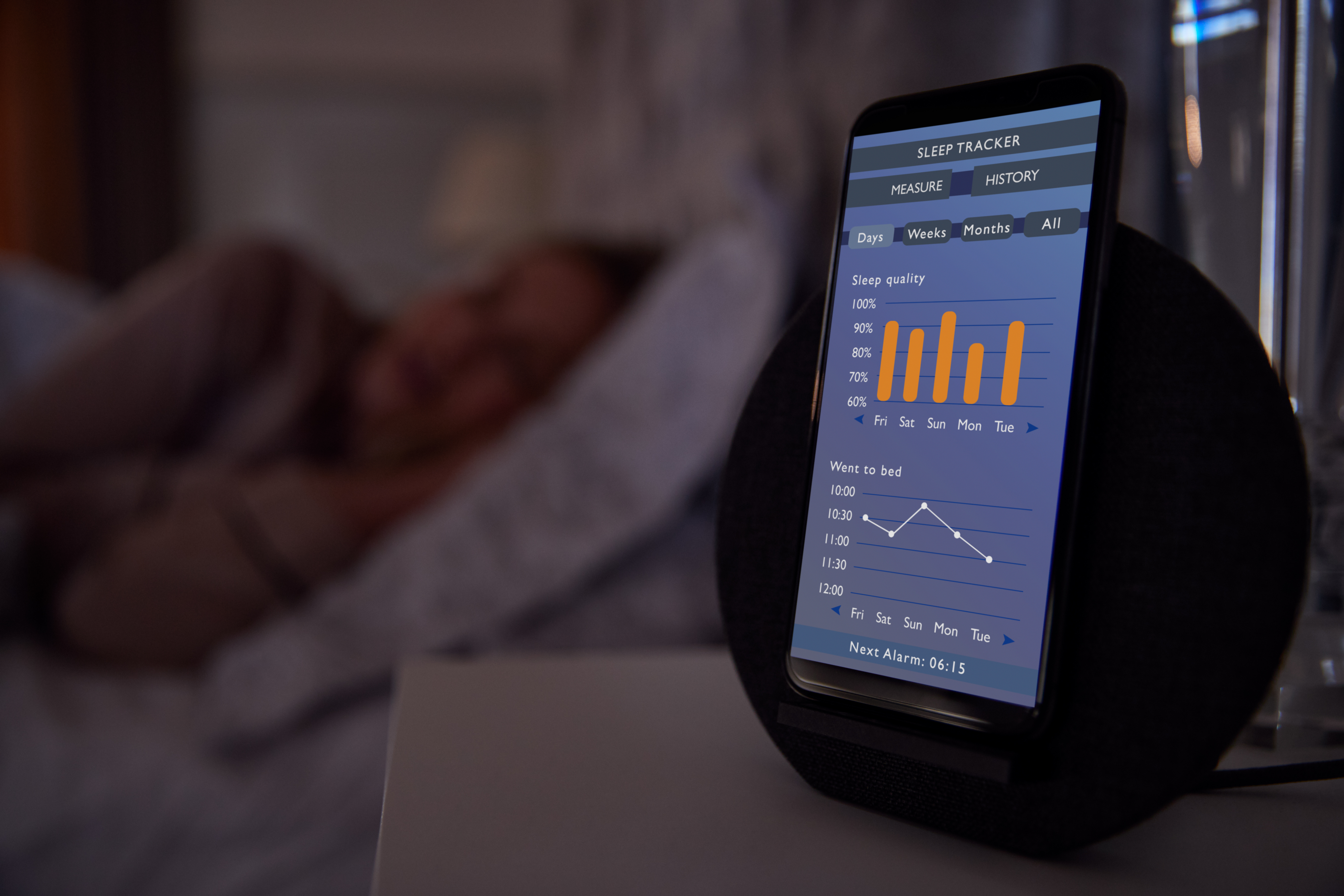
While technology can disrupt sleep, it can also be a valuable tool in understanding and managing micro-awakenings. Sleep tracking devices and apps can provide insights into sleep patterns, including the frequency and timing of micro-awakenings. By analyzing this data, individuals can identify patterns and potential triggers for disruptions. This information can be used to make informed adjustments to lifestyle and sleep environments. However, it's important to use these tools mindfully, ensuring that they enhance rather than hinder sleep quality. By leveraging technology appropriately, individuals can gain a deeper understanding of their sleep and take proactive steps to improve it.
Reclaiming Restful Sleep

Navigating the world of micro-awakenings is a journey towards understanding and reclaiming the restful sleep we deserve. By identifying the triggers and implementing strategies to minimize disruptions, individuals can significantly improve their sleep quality. From optimizing the sleep environment and practicing good sleep hygiene to incorporating relaxation techniques and mindful nutrition, each step plays a crucial role in reducing micro-awakenings. With a comprehensive approach, it's possible to achieve a restorative night's sleep, waking up refreshed and ready to face the day. By prioritizing sleep, we can enhance our overall well-being and quality of life.